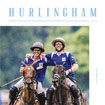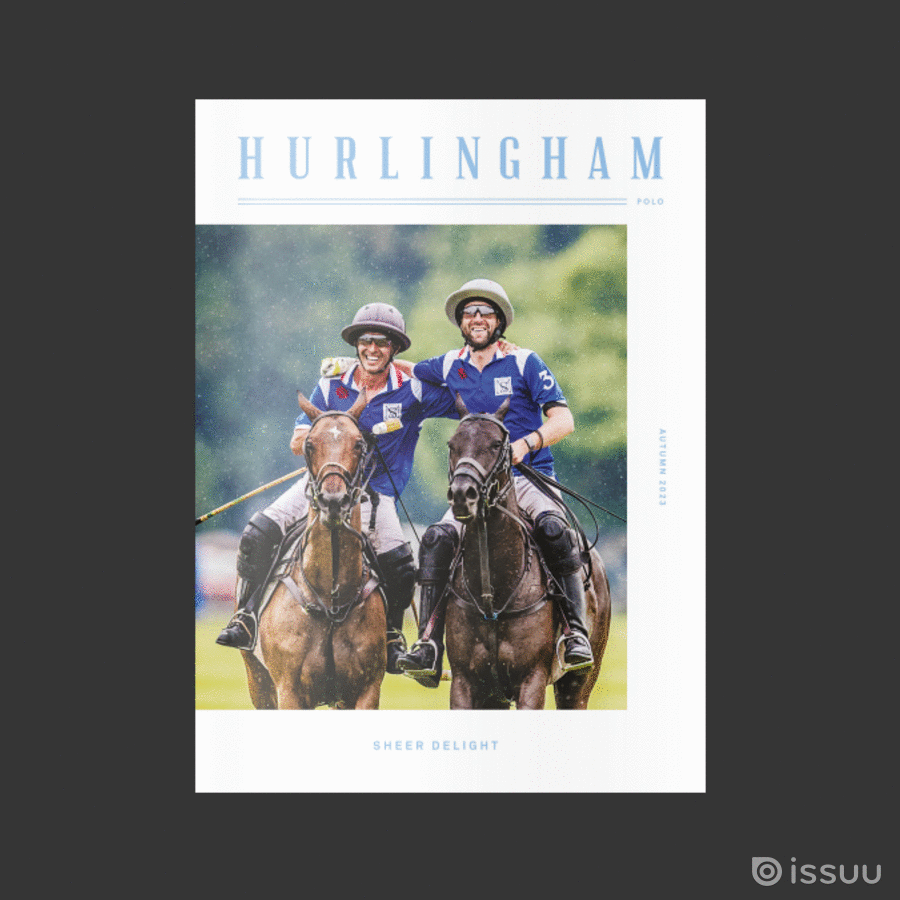Daily Blog of The Shanghai Tang Polo Cup – 2010 – Mongolia Adventure
Thursday, 26 August, 2010 – The Arrival
Our journey began in Hong Kong with just seven eager travellers bound for Beijing. Once there, our expedition group swelled as Polo players from around the world converged on the airport and we took our next flight to Ulan Bator, where a cavalcade of jeeps and vans were waiting to drive us seven hours into the wilderness for the Shanghai Tang Polo Cup.
Along the way, it has become abundantly clear that a Polo player will go to extreme lengths for the ultimate playing experience. A French player commented that he once had to sit in an airport on the off chance that the weather would clear so he could board a flight for a tournament in a remote corner of the earth.
Polo players are neither keen to sit idle for hours on end, nor are they likely to let someone else take the driver’s seat. So, the seven-hour car ride, though stunningly beautiful, began to grate on some. When we stopped for a Mongolian barbecue lunch along a dirt road, a South African player asked, “Is the camp site really all that different from the land around the airport?” The implied meaning was, “Do we really need to travel all this way?”
He answered the question for himself when we arrived at the Genghis Khan Polo Club in the golden light of the late setting sun at around 7:30pm. He turned to me and conceded, “Yes. Now I see.”
Nestled in the Orkhon River Valley about 380km from Ulan Bator, the idyllic camp is remote and breathtakingly beautiful. We were welcomed by founder Christopher Giercke and his team, found our incredibly comfortable gers (yurts), and raced to the bar. Overlooking the river and the ranges beyond, it was the perfect vantage point from which to scope out where we would ride out the next day. The excitement was palpable. The well-travelled group is made up of people who have already sought out the world’s most exotic destinations, yet everyone was in awe of the raw beauty around us. It was particularly poignant to hear more than one person mention how privileged they felt to be here.
After drinks, we were led into a large, glowing, candlelit ger. Christopher gave a warm welcome speech and introduced award-winning Mongol pianist, Odgerel Sampilnorov, who gave a beautiful, fluid recital of a piece by Chopin before a delicious dinner was served.
Some chose to carry on well into the night under the boundless, big sky filled with stars that city dwellers rarely see. Others chose to retire early in preparation for tomorrow – a day that promises a thrilling itinerary of riding, traditional sports of the Summer Nadaam including a children’s horse race, a prayer ceremony, and a Boodog barbeque dinner which sounds like an elaborate ceremony in itself.
Friday, 27 August, 2010 – Day 2 in the Stunning Orkhn River Valley
Day two in the stunning Orkhon River Valley featured two of Mongolia’s most popular attractions: horse riding and the Summer Nadaam festival.
After a beautiful pink sunrise streaked across the sky at around 5am, guests trickled out of their gers and into the bright sunshine until everyone was congregated by the horses and raring to go. Some would argue that they are ponies rather than horses because of their size. Whatever they are, these are quintessentially Mongolian animals – resilient and unbelievably strong despite their slightly diminutive stature.
While the Polo players selected the horses they would be playing with later in the day and enjoyed a bit of stick and ball practise, other guests were taken on a riding expedition to the surrounding mountains. Everyone returned for lunch beaming.
The afternoon was then filled with traditional eventsLive, beginning with a Buddhist prayer ceremony where the daring had the chance to taste a yak milk concoction (not dissimilar to very sour yoghurt with a kick in the after taste). The annual Summer Nadaam is Mongolia’s top tourist draw and is practised throughout the country during the summer months. Its highlights are the “Three Manly Sports” of wrestling, archery, and horse racing.
After the ceremony, we were directed to walk to a point on the horizon. From a cloud of dust in the distance, the child horse racers appeared and stormed towards us. Children of about five to 12 years old usually compete in these races, which often take place over 40km. The games went from small, skilful Mongol children to brawny, scantily clad Mongol men who wrestled in another outdoor venue a few minutes’ walk across the valley. Then, our international and Mongol players took the field together in a special tournament in memory of the late James Ashton, a leading light in the Polo world who sadly passed away earlier this year.
A few of us took our leave and went on our own, less glamorous adventure in search of an internet connection in order to post these photos and words on Facebook. Where does one go to get phone reception in the area? To the top of a hill, of course! We contributed to the day’s acts of great strength and skill by displaying our determination and perseverance in the face of a weak signal!
Our reward was a magical evening back down at the Genghis Khan Polo Club camp. Dinner was a Mongolian Boodog barbecue. The highlight was goat prepared in a very special way, starting with the ceremonial slaughter of the animal, which is barbecued with rocks inside its own skin. When the meal arrives, an honoured guest is invited to make the first cut. We were treated to a traditional music concert of Khuumii singing and witnessed the inconceivable flexibility of a pair of 10 and 12 year old Mongol contortionists.
Saturday, 28 August, 2010 – Polo Has Returned
There is no doubt that Polo has returned to the Mongol steppes. Today, players from over 13 nations competed on the fenceless pitch, surrounded by seemingly endless mountain ranges at the Genghis Khan Polo Club. Among them were an elite team of Mongol players who were trained through the club’s programmes with support from Shanghai Tang.
Our third day in remote Mongolia began with a guided tour of World Heritage Site, the Erdene Zuu Monastery, in Karakorum, the ancient capital of Genghis Khan in the 13th Century situated about 25km from our campsite. Our guide, published author, lecturer and all-around sage, Glenn Mullin, provided insight into the history of Buddhism in Mongolia and introduced us to revered monks there.
The afternoon’s highlight was the Genghis Khan Polo Cup, which featured full teams of all Mongol players. Although the high level of these locally-trained players was evident, it was the Royal Salute Puissance Longest Hit Competition which confirmed it. The aim of the contest is to strike the ball over a barrier and as far as possible – a sort of Polo homerun. With spectators sitting on the sidelines, sipping tea or Bloody Marys, the pressure was on. Ultimately, it was Dovchin, a Mongol, who achieved the longest hit. For the first time ever, a women’s competition was also held this year. Everyone’s efforts were celebrated later that evening at the Royal Salute Sovereign Dinner Reception hosted by Peter Prentice. Prizes were awarded to all the winners. Key individuals were also honoured, including: Raphael Le Masne de Chermont of Shanghai Tang; Colonel Raj Kalaan; and Jack Edwards, who has deftly been helping to run the camp this summer and is the son of the late Jim Edwards. The distinguished Kalaan, endearingly known as The Silver Fox, summed it up perfectly when he said, “We first came here over 10 years ago to re-introduce Polo to Mongolia and, well, just look at the level of playing today. Amazing.”
Sunday, 29 August, 2010 – The Shanghai Tang Polo Cup
Our extraordinary Polo experience in Mongolia culminated in the Shanghai Tang Polo Cup, a fast-paced tournament staged at the stunningly beautiful Genghis Khan Polo Club today. The tournament was opened by an exhibition polo game with Mongol monks playing against a mix team of Mongol and international players – it was a sight to behold.
After several days of competing in mixed teams, the players had developed a spirit of camaraderie. Now, it was time to divide them and compare the prowess of the Mongols versus the internationals. The home team consisted of Mongols trained and nurtured by the Genghis Khan Polo Club’s programmes, which aim to groom future generations of world-class Mongol Polo players.
As the teams took to the field, there was a great deal of excitement and anticipation as everyone wondered how the Mongols would perform against the international players. Until recently, Polo had not been played in Mongolia since Genghis Khan had trained his warrior cavalry in the exhilarating sport during the 13th Century. Yet, after a hard fought battle, the Mongols conquered the international team, winning by a triumphant 8-2.
Shanghai Tang hosted an Emperors Dinner that evening, prepared by celebrity Mongol Chef Enkhee and graced by one last performance by pianist Odgerel Sampilnorov. The traditional ger (tent) was decorated in the brand’s signature vibrant style and even scented with its Ginger Flower fragrance. Throughout the joyous occasion, there was a sense that we had all witnessed something special together – the renaissance of Polo in Mongolia.


